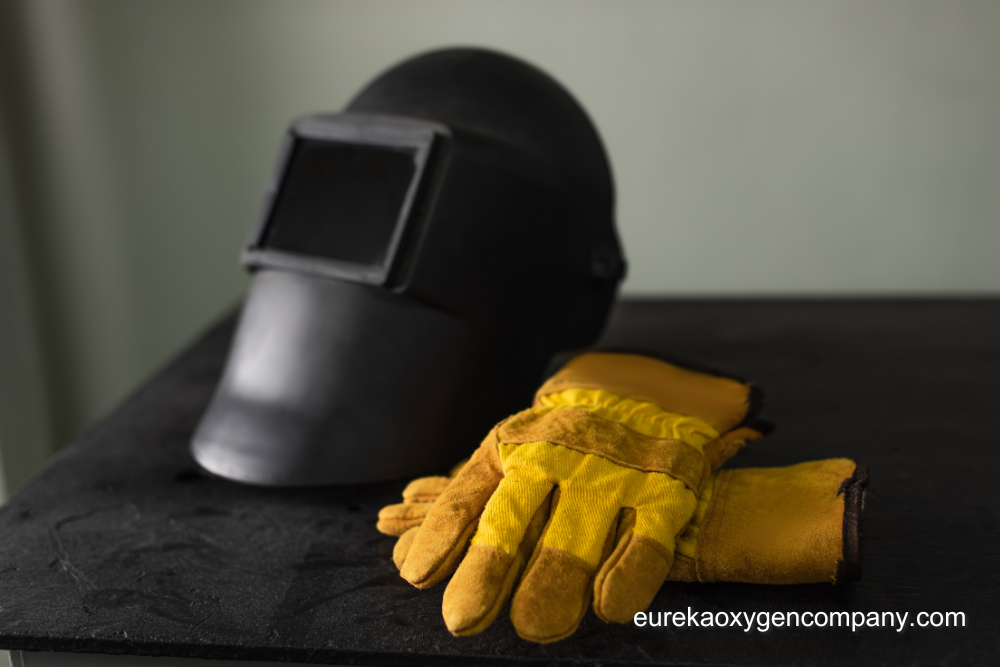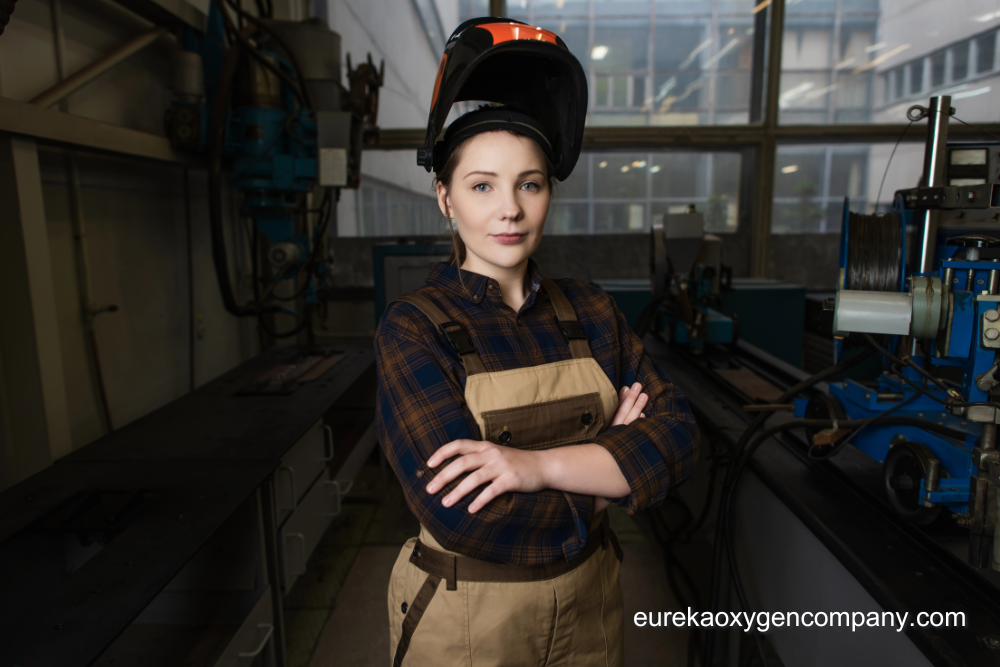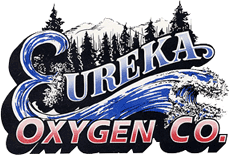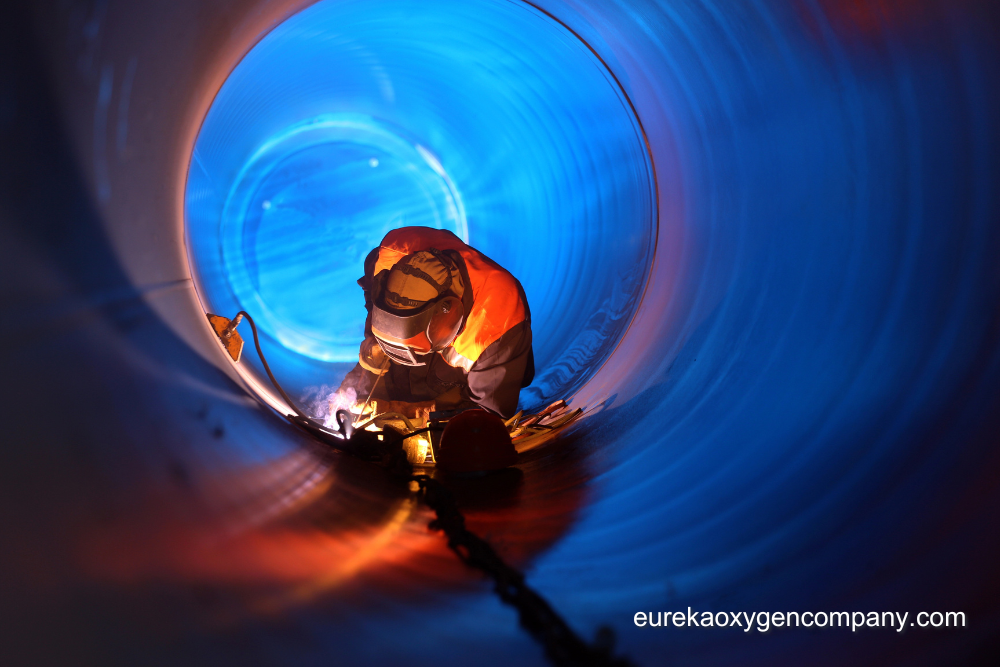Why welding safety is important and tips for beginners to stay safe
Starting your welding journey is exciting, but safety should always come first. Welding involves intense heat, bright light, and hazardous materials, making it crucial to protect yourself from potential risks. This guide outlines the essential safety gear and best practices every beginner needs to know to work confidently and safely.
The Basics of Welding Safety
Welding is a highly skilled trade that requires both precision and precaution. Even minor lapses in safety can lead to serious injuries, such as burns, eye damage, or respiratory issues. By investing in proper welding supplies and following best practices, you can minimize these risks and focus on honing your craft.
Essential Welding Safety Gear
Having the right safety gear is non-negotiable when it comes to welding. Here’s a breakdown of the essential equipment:
Welding Helmet
Protects your eyes and face from intense light, sparks, and UV radiation. We recommend you look for an auto-darkening helmet that adjusts to the brightness of the arc for optimal visibility. Make sure the helmet fits comfortably and meets safety standards.
Welding Gloves
Choose gloves specifically designed for welding to protect your hands from heat, sparks, and molten metal. Opt for heavy-duty, heat-resistant materials like leather, and ensure they fit snugly for dexterity and control.

Eye Protection
Use safety goggles or glasses underneath your welding helmet for additional protection against flying debris. Make sure the lenses are impact-resistant and provide adequate coverage.
Protective Clothing
Wear flame-resistant materials, such as leather jackets, aprons, or welding sleeves, to shield your body. Avoid synthetic fabrics that can melt and stick to your skin. We recommend you invest in high-quality welding boots with steel toes for foot protection.
Respiratory Protection
Welding fumes can be harmful to your lungs. Use a respirator or welding mask with built-in air filtration when working in confined or poorly ventilated areas.
Best Practices for Welding Safety
Beyond wearing the right gear, following these best practices can further enhance your safety:
- Prepare your workspace: Ensure your work area is clean, dry, and free of flammable materials. Always keep a fire extinguisher and first aid kit within easy reach. Set up proper ventilation to reduce exposure to harmful fumes.
- Inspect your welding equipment: Regularly check your welding supplies and equipment for signs of damage or wear. Replace faulty cables, clamps, or electrodes immediately, and test your welding machine before starting any project to ensure it’s functioning properly.
- Learn proper welding techniques: Start with beginner-friendly techniques, such as MIG welding, to build your confidence. Practice steady hand movements and maintain a consistent arc length. Follow the manufacturer’s instructions for your specific welding equipment.

- Be aware of fire hazards: Conduct a fire hazard assessment before starting any welding task. Keep combustible materials at least 35 feet away from the welding area. Use fire-resistant blankets or shields to protect nearby surfaces.
- Take regular breaks: Prolonged welding can cause fatigue, increasing the risk of accidents. Step away from your work periodically to rest and hydrate.
Common Welding Hazards and How to Avoid Them
Understanding the risks associated with welding can help you take proactive measures to stay safe. Let’s take a closer look at the most common welding hazards and how you can avoid them:
- Burns: Always wear protective gloves and clothing to shield your skin from sparks and heat.
- Eye damage: Use a high-quality welding helmet and eye protection to avoid exposure to bright light and UV radiation.
- Fumes and gases: Work in a well-ventilated area or use appropriate respiratory protection to reduce inhalation of harmful substances.
- Electrical shock: Inspect your welding equipment for damaged wires or poor grounding before each use.
Choosing the Right Welding Supplies
Investing in quality welding supplies can make a significant difference in your safety and overall experience. At Eureka Oxygen, you can find a robust supply of quality welding equipment, such as welding helmets, gloves, and other PPE pieces. We also deliver cylinder gasses to different locations!

Welding is a rewarding skill, but safety should always be your top priority. By equipping yourself with the right gear, practicing proper techniques, and staying aware of potential hazards, you can create a safe and productive work environment.

